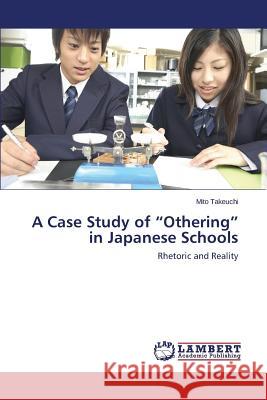A Case Study of Othering in Japanese Schools » książka
A Case Study of Othering in Japanese Schools
ISBN-13: 9783659397325 / Angielski / Miękka / 2015 / 208 str.
This book examined diversity-related challenges domestic/indigenous minority and foreign students in Japanese junior high school face and explored how the school provided for these students. One major problem is the gap between the homogeneous discourse embedded in the curriculum and multicultural realities that schools are beginning to encounter with the increase in foreign residents. This study used a case study approach and consisted of document analyses, classroom observations, and interviews. Data were collected from mid-November, 2007, to early February, 2008. All data were analyzed inductively through the framework of the literature review and hegemony and social reproduction theories. My findings revealed that the homogeneous provisions are hegemonic to "others," as a result of placing their culture at the periphery. By highlighting the distance between ethnic Japanese and "others," the hegemony of ethnic Japanese is reproduced. Another way of alienation was the exclusion of foreign residents in Article 26 of the Constitution of Japan. However, the study also showed that social interaction can change ethnic Japanese students perception of"others"in a positive direction.











